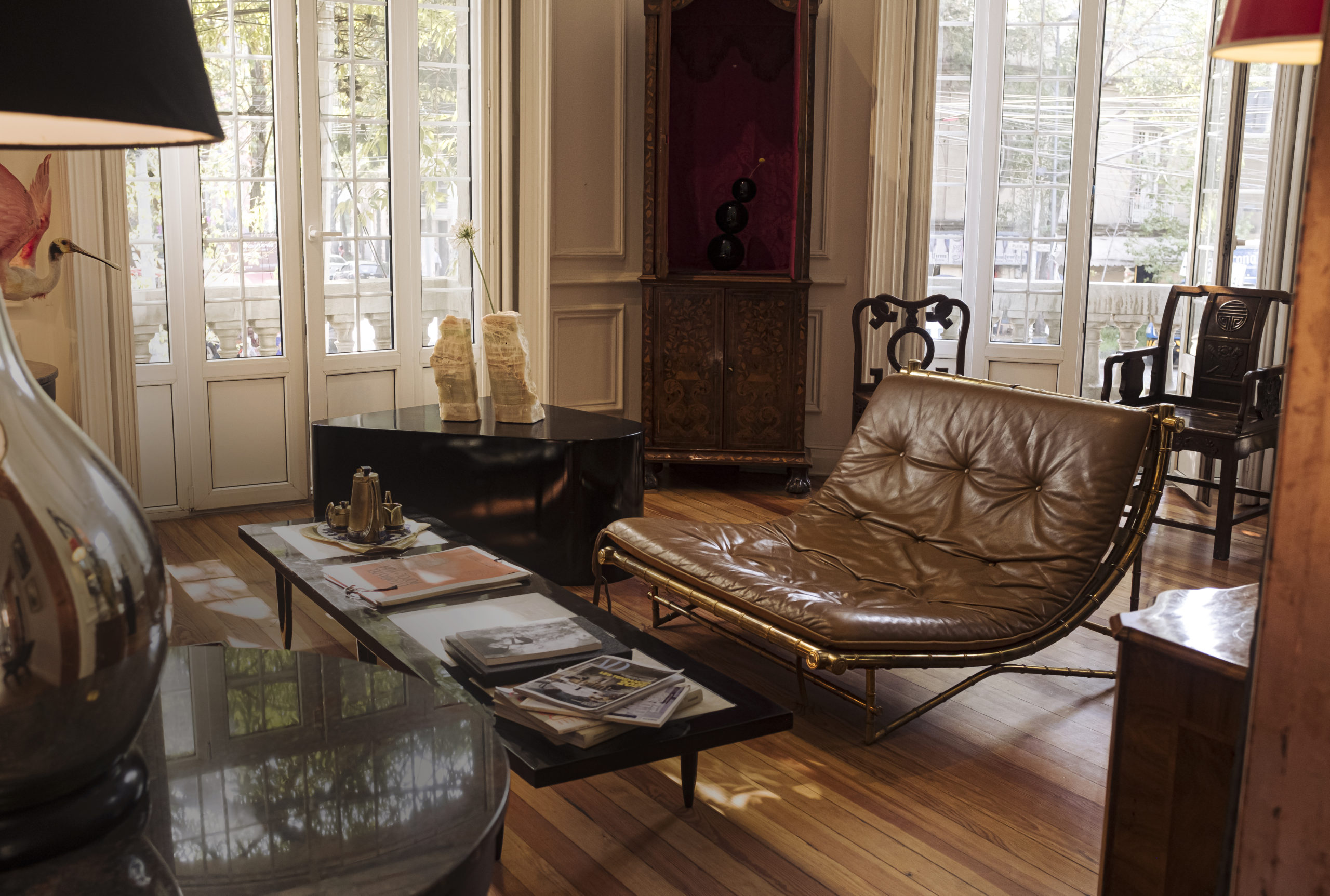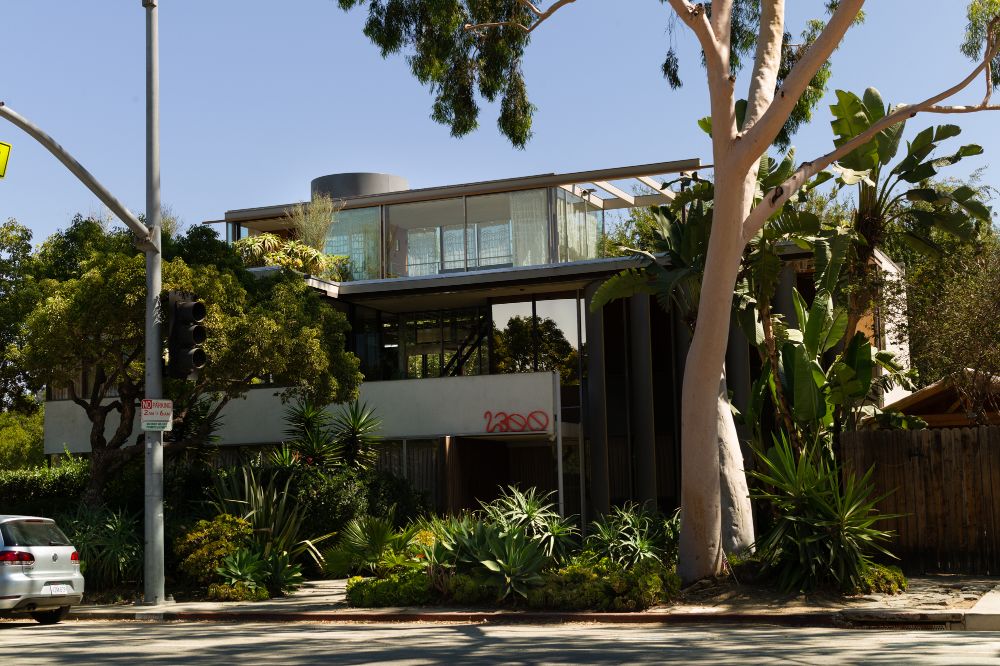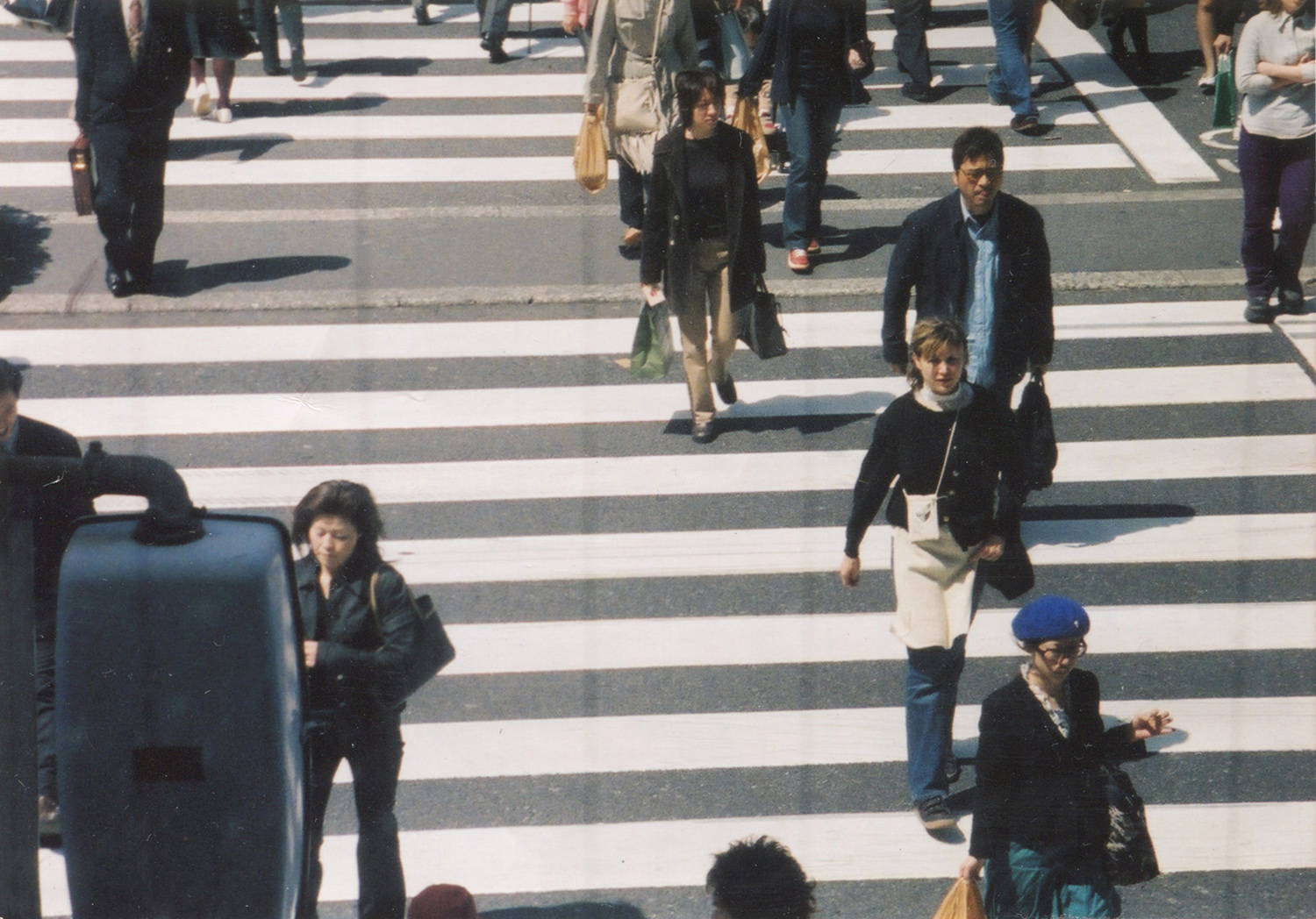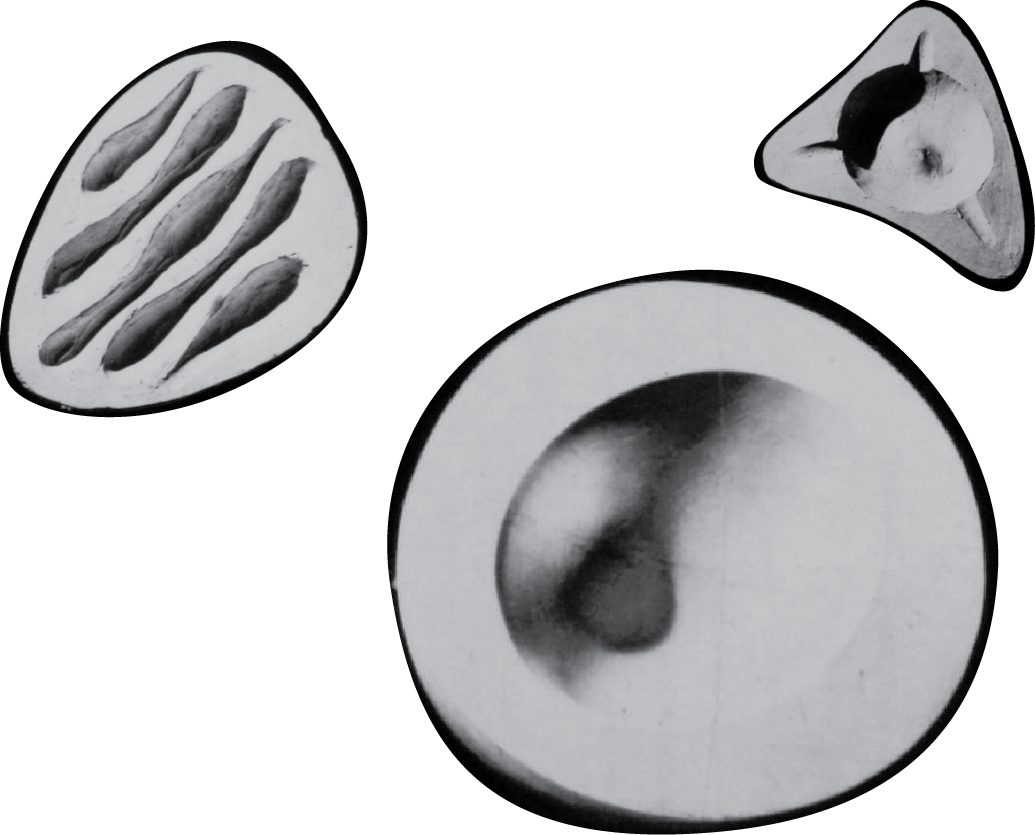SECOND NATURE: INTO THE MUSICAL MULTIVERSE OF JOAKIM
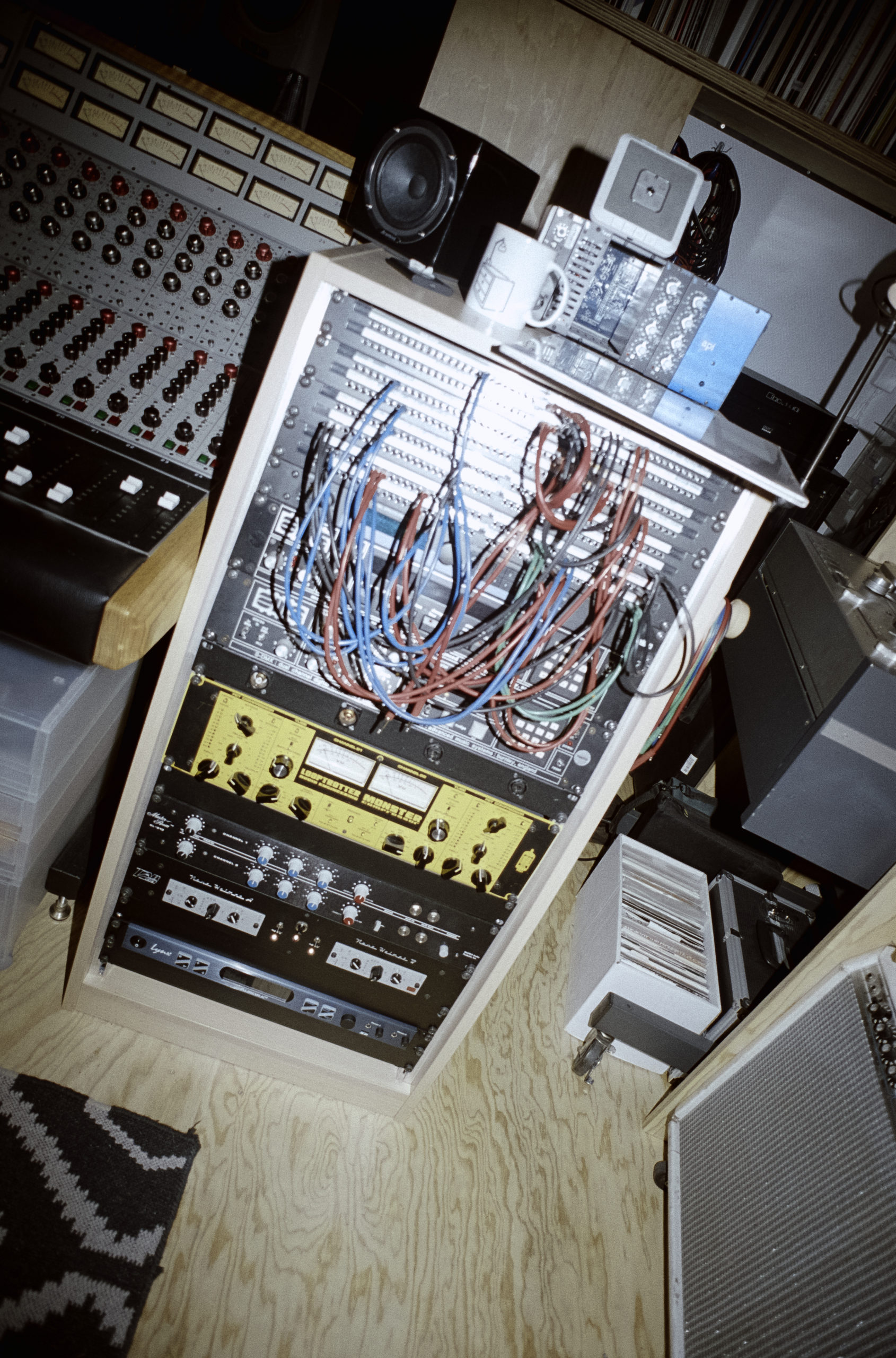
A child of multiple cultures, Joakim Bouaziz aka Joakim, is a music producer, DJ, and all-around musical heterogenius. He has traversed genres ranging from classical music to jazz and dived deep into the obscure sub-genres of electronic music. An obsessive collector of vinyls, synthesizers, recordings and sounds, his encyclopedic knowledge of the history of music has enabled him to create a uniquely polymorphous sound.
His latest album, Second Nature, is a philosophical and self-reflective sonic journey that seeks to reestablish our dialogue with nature. Assembled with field recordings, outlandish animal sounds, and even Artificial Intelligence, it is a psychedelic experience that blurs the line between the natural and the artificial.
Aleph Molinari visited him in his ‘spaceship’ studio in Paris to talk about his creative process, music created by algorithms, robots and AI, and the archaeological register of music that will survive humanity.
“The Internet is a place where there is no history, no context. Everything is there but I don’t know where it comes from or why it’s there. It’s a type of collective amnesia, which is fascinating.”
— JOAKIM
ALEPH MOLINARI: You’re the child of a Swedish mother and French-Algerian father? How does being part of multiple cultures influence your music and aesthetic?
JB: I feel like I don’t belong in any culture. I don’t really feel French or Swedish. I feel more connected to North African culture because it was more present growing up with my grandparents. I never felt I belonged to a specific tribe or culture, which is probably the reason I’ve always been an outsider in music. It’s difficult, but it preserves your freedom. I’m scared of being labeled.
AM: Scared of being labeled musically or culturally?
JB: Musically, because I’m interested in so many genres. My first record was made using jazz samples from the 1960s, which was a trend, a musical current of the new jazz from the late 1990s and early 2000s. But I realized I didn’t want to make records with only jazz samples or to be attached to any scene. I needed to completely change direction and make music that was more personal. Even all of my important references, both labels and artists, have always been in a grey in-between zone.
AM: Like a third identity, in the Homi Bhabha sense?
JB: Yes. I’m interested in music that you can’t really place into one specific genre. Like Factory Records, which is both new wave and experimental music. Or like Detroit Techno, the fusion of Kraftwerk and George Clinton, as Derrick May called it. The result is cold and funky, dark and soulful. I love heterogeneity and things that are not meant to be.
AM: Which, in a way, is part of the postmodern heterotopia, where all genres mix into each other and where everything is valid.
JB: Yes, I think it’s very true in the way the younger generations are making music. The difference is that I have always been interested in the history of music—its context and genealogy—even while trying to be free and not part of any specific genre. This is why I collect records and I’m obsessive about music. Today, it’s different because of the way music is consumed. The Internet is a place where there is no history, no context. Everything is there but I don’t know where it comes from or why it’s there. It’s a type of collective amnesia, which is fascinating.
AM: You were trained as a classical pianist. How did that evolve into electronic music?
JB: In the beginning the two were separate. I studied classical piano for sixteen years at the conservatory. At some point I realized I didn’t want to become a professional pianist. It meant becoming a monk. At the time I didn’t think it was possible to make music. So it was a bit random when a guy from campus—who knew I was playing piano—gave me a synth that he didn’t use. It was a horrible super basic synth, but it had a sequencer. That’s when I realized I could make music with just one machine and be an orchestra all by myself. It was mind blowing. I became completely obsessed and bought a similar synth, a workstation from the 90s.
AM: And then you started sending demos to record labels?
JB: No! It was even worse. I started at the most basic level you can imagine. I went to the office of a French touch label with the only synth I had and played my demo. And they were looking at me like, “whattafuck.” Their feedback was, “There is something interesting but you have to buy some gear because that machine sounds like shit.” So, I bought my first sampler and made the demo tracks with jazz samples. Then I started making cassettes and sending them to a few labels. Versatile was the one that pushed me to work more and I eventually released my first record with them.
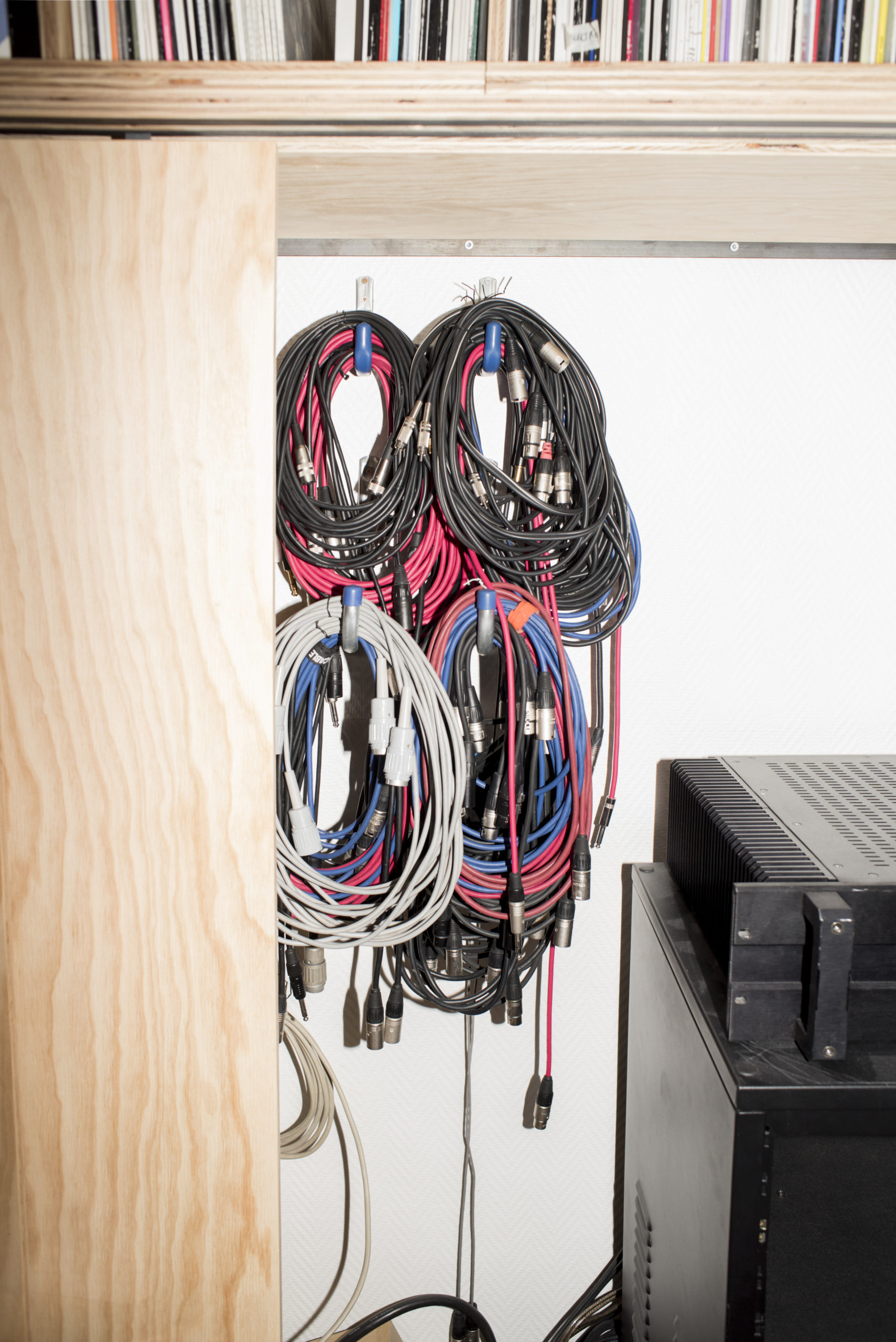
AM: Does classical music still influence your music? I feel it’s very present now.
JB: Yes, it’s become more present. I’m trying to use the piano more. It helps to know how to play and compose music in a formal way. One of my teachers at the conservatory, a famous concert pianist, taught me to read music as if reading a book or watching a film, to find what every note meant or could mean if I directed my intention to it. That stayed with me. It creates a cinematographic way of composing and producing music. I see a story, something that starts from one place and goes to another place. Everything needs an intention.
AM: In a way, to create a narrative, or to convey a story, is one of the functions of music.
JB: Yes, one function of music is to take you from one place to another. But there is also super minimal music, which I’ve always admired. Eight minutes and nothing changes, it’s amazing. Like the radical minimal music of Éliane Radigue. She has a theory that her drones are a mirror of your soul. You create your own narrative as you listen to them, depending on what you feel or what you are thinking about. You’re watching yourself. So, I’m not sure you need to create a narrative in the music and the way you compose it.
AM: It reminds me of what Kodwo Eshun says: What makes you hallucinate is thought, catalyzed, not the psychotropic substance itself.
JB: Yeah completely. Psychotropic substances or music work as amplifiers.
AM: What influences were most present when you started doing electronic music?
JB: In the very beginning it was UK labels—like Mo Wax, Warp, and sometimes Ninja Tune—that were releasing downtempo records made with samples and electronic music. Some of those records were heavily sampling jazz music. They were a big influence on my first record. And if you were into electronic music at the time, you had to listen to drum and bass because it was such a revolutionary sound. House music came later for me. And then I bought Pansoul, the first album by Motorbass. I remember playing Motorbass one morning when I was super hungover. I had an out of body experience, the sound was crazy. I became completely obsessed.
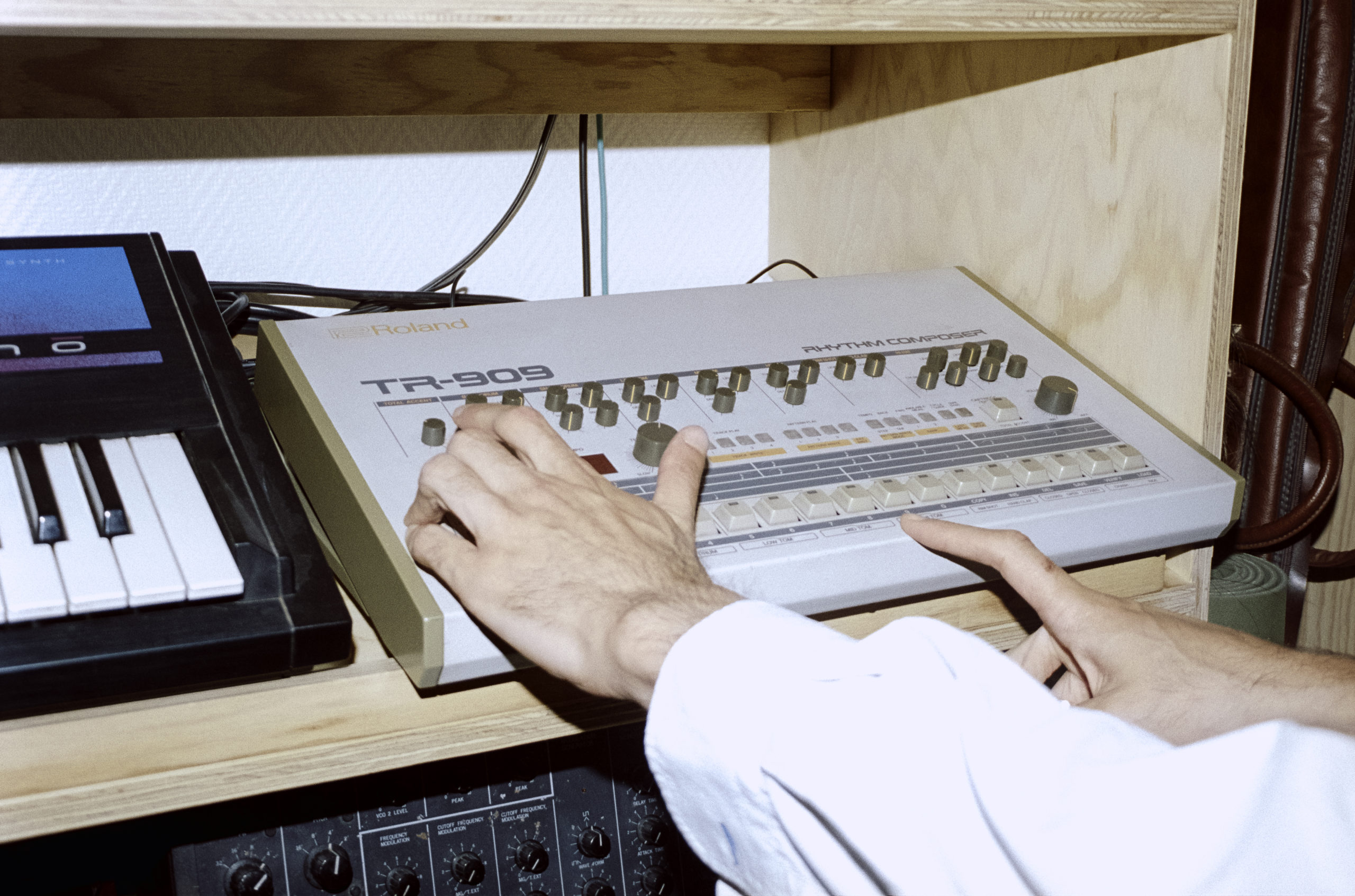
AM: You are an avid reader and know a lot about art and cinema. What are your biggest non-musical influences?
JB: It’s hard to name one thing because every record is influenced by something different. Often it’s books. Reading helps me conceptualize what I’m feeling at the moment. When I made Samurai, I was reading [Yukio] Mishima. I was in New York, where I felt a bit in exile, and I read his book on the samurai, this lonely figure. It gave me the concepts to build a record. While making Second Nature I was reading Beyond Nature and Culture by Philippe Descola. The idea of reconnecting nature and culture (nature being a Western concept) to reestablish a dialogue that we have lost was very influential. I also worked with the philosopher Emanuele Coccia, who wrote a text for the album. His book The Life of Plants: A Metaphysics of Mixture, a poetic essay about the metaphysics of plants and photosynthesis, influenced me in the process. I also included another text by Joseph Ghosn, a friend who is a music journalist and the Editor-in-Chief of Vanity Fair France.
AM: You began producing Second Nature during the pandemic?
JB: I thought about making this record for a while. I wanted a theme that was non-cultural so I decided to make a record about nature. About five years ago, I started collecting field recordings whenever I travelled. I recorded in nature. I looked in record shops, like Dizonord, where they gave me access to a huge collection of 1970s field recordings. I also searched for recordings on scientific websites where I found sounds of distant stars—sferics, tweeks and whistlers—and other electromagnetic phenomena. The collection is very diverse.
AM: The album has a lot of textures and sounds. How did you approach the production process for Second Nature?
JB: When the pandemic started, I had almost finished classifying all the material I had collected. I started working on the field recordings, making a canvas on which I would paint later. Once I had the basic tracks, I began to compose and create a dialogue. Assembling them, seeing what worked together, changing the sounds, and blurring the line between what is natural and what is artificial. I did the opposite of what is typically done in music, where the field recordings are added at the end, like a decoration that gives an atmosphere. I was influenced by the work of Chris Watson of Cabaret Voltaire, who is one of the seminal field-recording artists. I had the album Weather Report from Touch Records that he made using sounds from the Kenyan savannah. There are stretches of silence pierced by crazy animal sounds; you feel like it’s a continuous recording but it’s actually subtly manipulated.
AM: Second Nature envelops the listener in a similar way. How are you going to present the album?
JB: From the beginning, I thought of this record as something that needed to be experienced in a physical space with spatialized sound. So I created an installation that consists of sixteen speakers and uses a technology to process sounds as though they are objects that you can move in space. There are also eight videos that explore our relationship to nature from different angles.
AM: And will it be released on vinyl?
JB: Yes. There will be a double LP edition with liner notes on vinyl. I am also releasing sixty copies of a limited- edition EP made with a special process that incorporates ashes into the vinyl, which I collected from a forest fire in the South of France. It will include two alternate versions of “Wave Ahead.” For this track I recorded an insect in the South of France, and I eventually found a logic within that recording. There was a pattern, a long and complicated one; the insect was making a kind of Morse code. So, I looped it and sent it to Greg Fox, an experimental drummer in New York who plays crazy metal and free jazz. I asked him to improvise with this rhythm, and he did an amazing job. This track was about the rhythms that you don’t really feel but are there, like fractals. You see something different when you look deeper…or take a distance.
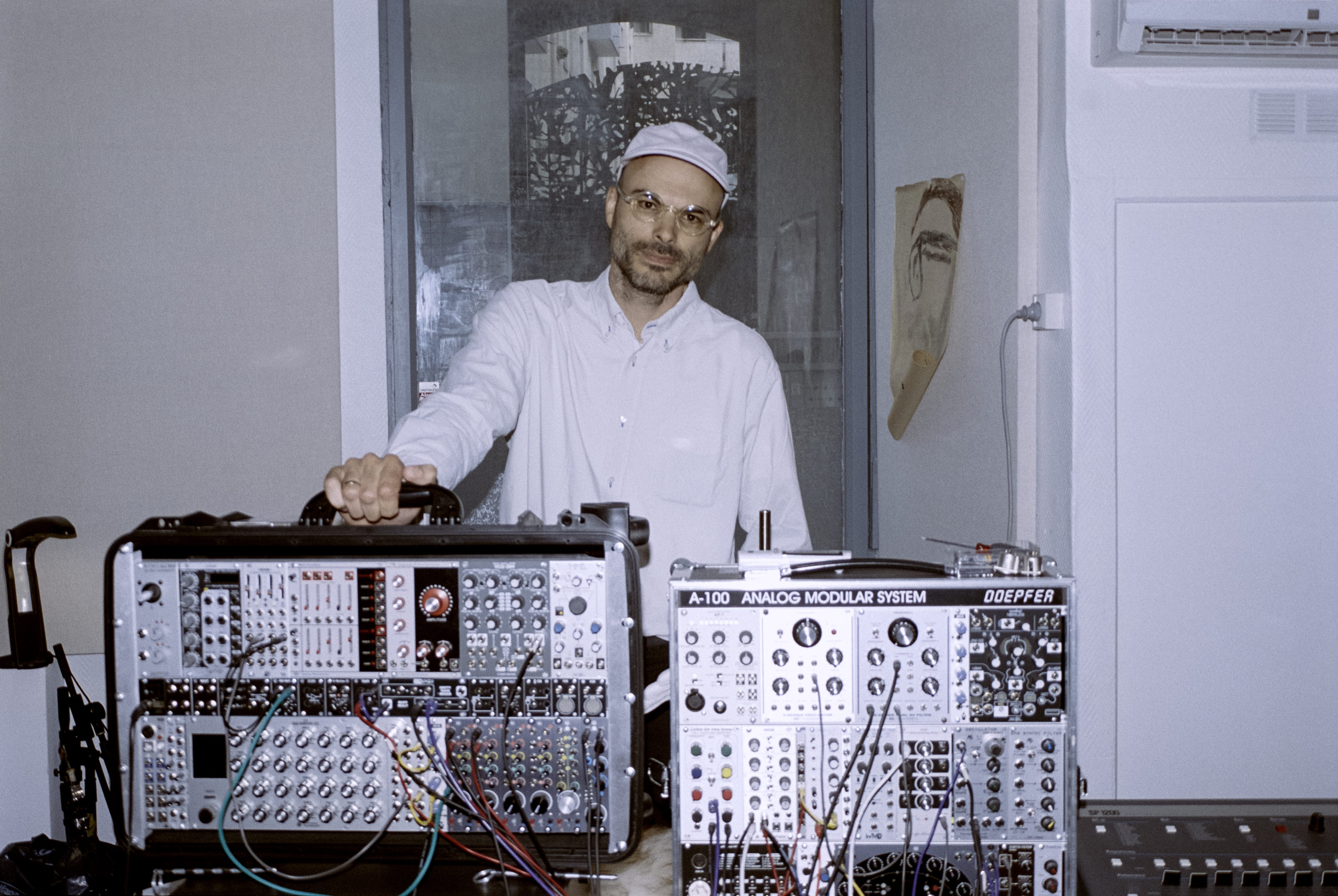
AM: So it’s taking the patterns of nature and extrapolating them into music?
JOAKIM: Yeah. I wanted the album to sound very electronic and psychedelic, and without gaps so it would feel like a journey, because in nature there is no silence.
AM: Even in space, where there is vacuum.
JB: Yes, silence is a human concept. There are a lot of things about music that parallel the history of man and nature, the way humans distort nature and try to domesticate it. There is a story told by [Ryuichi] Sakamoto that also influenced my process. Sakamoto went to Fukushima after the tsunami, where found an empty building that had been destroyed. Amongst the ruins, there was a piano that was completely ravaged. He started playing and said, “This is amazing, it’s completely out of tune.” He realized that tuning is a way in which humans try to impose a scale—an idea—on nature. He started to explore micro-tuning and its relationship to nature. It was exactly the kind of idea that I was pursuing in this record.
AM: That’s a beautiful story. It’s about playing with entropy and nature.
AM: Talking about cycles, I remember some years ago we were speaking about how the sub-genres of electronic music like acid and techno were coming back. I asked you what the next one would be and you said, “Trance.” Do you think music is caught in a loop of constant return?
JB: That is a good question. Maybe we’re trapped in an eternal postmodern world. I don’t really believe in purely new ideas, though. Everything comes from something. Right now we’re in a loop of recycling the past. It reminds me of a conversation I had with Thomas from Daft Punk years ago. He said, “Electronic music is now like jazz, you have all these classic themes and you just keep playing them, but nobody is really doing anything new.” There is very little that is fresh, but there is some music that escapes the bubble, even in jazz.
AM: Do you think this has to do with a lack of technological innovation? Many changes in music and its structure have come about from new instruments and technological changes—from the piano to the synthesizer to the portability of instruments.
JB: It’s possible that technology might play a big role, and not just on the production level. There is also the phenomenon that Walter Benjamin spoke about. Now that music is infinitely reproducible at almost no cost, it means that there is less money for production. You can’t take the time to make a record anymore. We are machines. The technology of making music has influenced this process of recycling and not looking for new forms, for new vocabularies.


AM: Do you think that algorithms, robots, and Artificial Intelligence (AI) can create interesting music? Maybe that’s the next technological step, because [electronic] music has always been ‘man at the helm of the machine.’ Right now we are inside your spaceship, your studio. But what if instead of you there was an algorithm producing music, analyzing your previous patterns to create new ones?
JB: What would AI say? What feelings would it try to convey? Music is primarily communication.
AM: Yes, but that AI would be an extension of the feelings of its architect, creating new patterns, new possibilities.
JB: So far I haven’t heard anything too convincing, but we are still at an early stage. It’s funny that you mention this because there is some AI in Second Nature. For instance, I transformed an image of a lion into a MIDI sound file using an algorithm that translates the colors, pixels, and patterns in the image into sounds. Some sounds were impossible to use. Others, which I would never think of making myself, I managed to incorporate into the record.
AM: Maybe that’s the way music is going to be created in the future.
JB: I believe that translating between different worlds and technologies is a great way to innovate and find new ideas. In that process you lose control, and then you can take it to another level.
AM: Which coupled with Big Data and data mining can be both fascinating and terrifying. If you are wearing a biometric device while watching content, your biometric reactions—your heartbeat, your pressure, oxygen levels, your breathing—are registered as parameters that are used to produce new content that is then marketed back to you. So what will happen when the hormonal and chemical impulses of emotions are transferred into data, which AI will then use to create music?
JB: That is the scary part of AI. It formats content based on what the algorithm thinks you need. And this is the problem with music distribution. There is no curating anymore, it’s just algorithms that are built to highlight music that is highly formatted. If you are making music that is not formatted to the standards of music streaming platforms, even in terms of length, you are pushed aside into the limbo. There have always been issues of format versus creative freedom within music distribution and radio, but now it has reached a new level.
AM: The world used to be analogue and had a material representation of music—from musical scores to vinyl and CDs, 8-tracks, tapes, and cassettes. What will happen when we don’t have an archaeological register of music, when digitized content cannot be retrieved or recreated?
JB: That’s a problem I have personally, as many producers of my generation. If you asked me to remix a song I made in 2001, I wouldn’t be able to because I don’t have the tools to open the file. Whereas if you want to remix a song by the Beatles, you can, because you have the original tapes. Now I’m trying to be more conservative and archive better, but it’s a real challenge. It’s connected to an idea of history, and how the Internet changed our conception of it. History and memory go together, and this is a challenge for memory.
AM: It’s a memory with a particular aspect to it, because you have to use digital forensics to retrieve the past. How will we be able to access the digital past in fifty years?
JB: Yes, it will be complicated, but there will be music that will survive. We have a distorted perception of the past. What we have archived today is only a fraction of what has been created historically. Today, we are obsessed with the idea of keeping everything.
“I believe that translating between different worlds and technologies is a great way to innovate and find new ideas. In that process you lose control, and then you can take it to another level.”
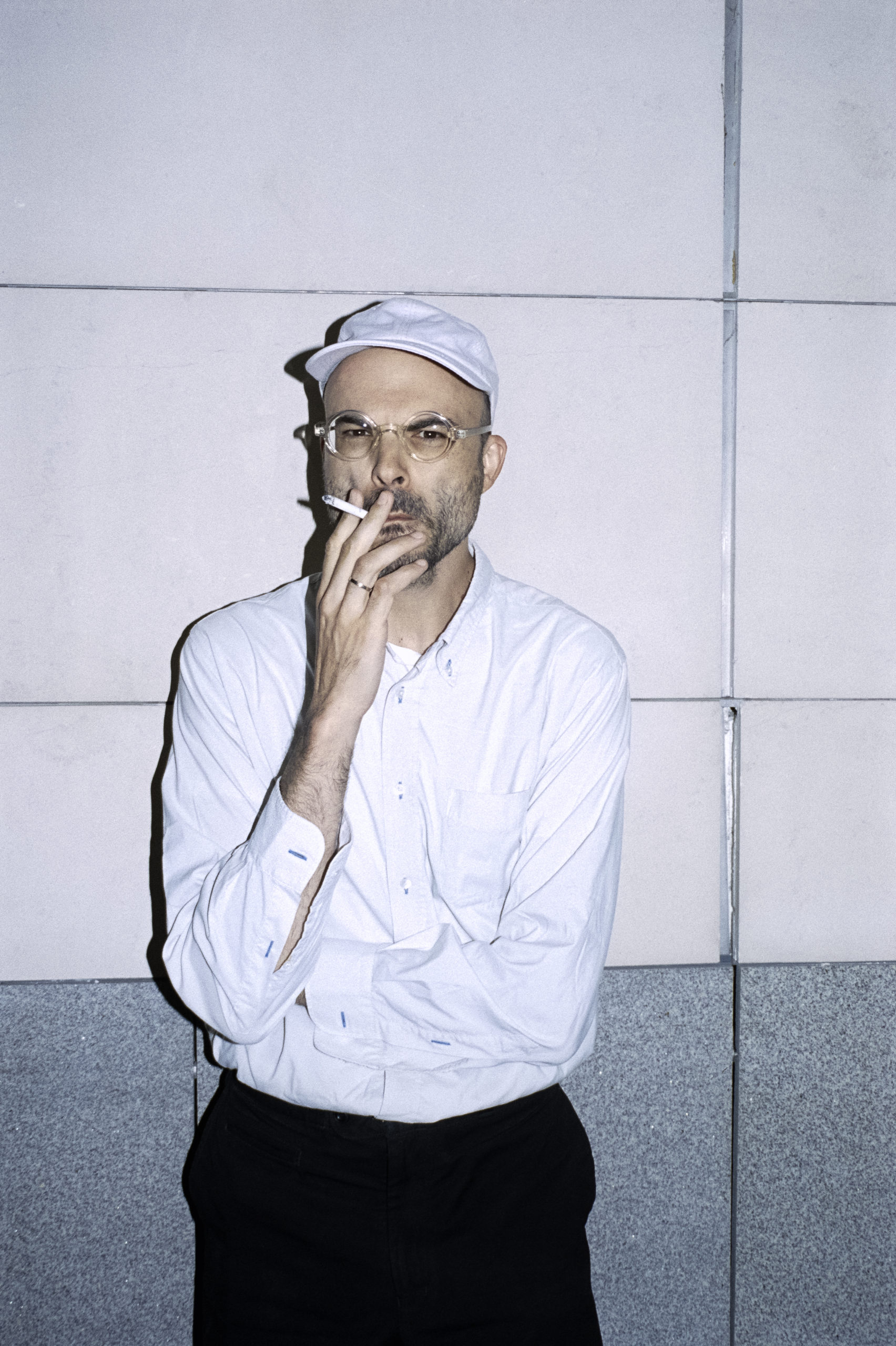
AM: What do you foresee in the future of music?
JB: With this pandemic it’s hard to think of the future. [Laughs]. Many people believe that NFTs can be a possible future for music. With NFTs, however, they are making music for the few people who can afford it. When I make music, I try to reach as many people as possible. NFTs are quite a change in perspective—on the technological, aesthetic, and the distribution level.
AM: [Jorge Luís] Borges says that the end of an era is a hyper-baroque manifestation of itself. I think we are getting to the edges of that, where everything is valid, everything is recycled, and everything is within itself. Knowing what is going to come requires a technological disruption like AI, or a tabula rasa where a new order is created, or a return to live music, to pure emotion, to the tactile.
JB: I don’t know. I believe in cycles. Actual live music is going to come back at some point, for sure. But I don’t think it’s going to change the way people consume music.
AM: Is there a moment when you feel you know too much to produce music and you become too critical of yourself?
JB: Sometimes, yeah. Although I never try to deliberately insert references into my music. It’s always subconscious, or a starting point. I’m always trying to get away from references, even if it’s hard. For this last record that I produced during the pandemic, I started to make music without thinking about the next step or the politics of it. I was making music like I did in the beginning, just for myself. Enjoying it, trying to forget everything and find pure intention. It’s the same with every craft: when you know your craft too well, you need to forget it.
AM: It’s a beautiful notion, that in the loss of memory you gain new possibilities.
JB: It’s a form of discipline or mental gymnastics. You need to always remind yourself of why you make music, and entertain that. Otherwise, you get trapped in the things you know and become too technical. It’s usually because you need to express something you can’t put into words or because you simply enjoy the process. For me it’s a combination of both.
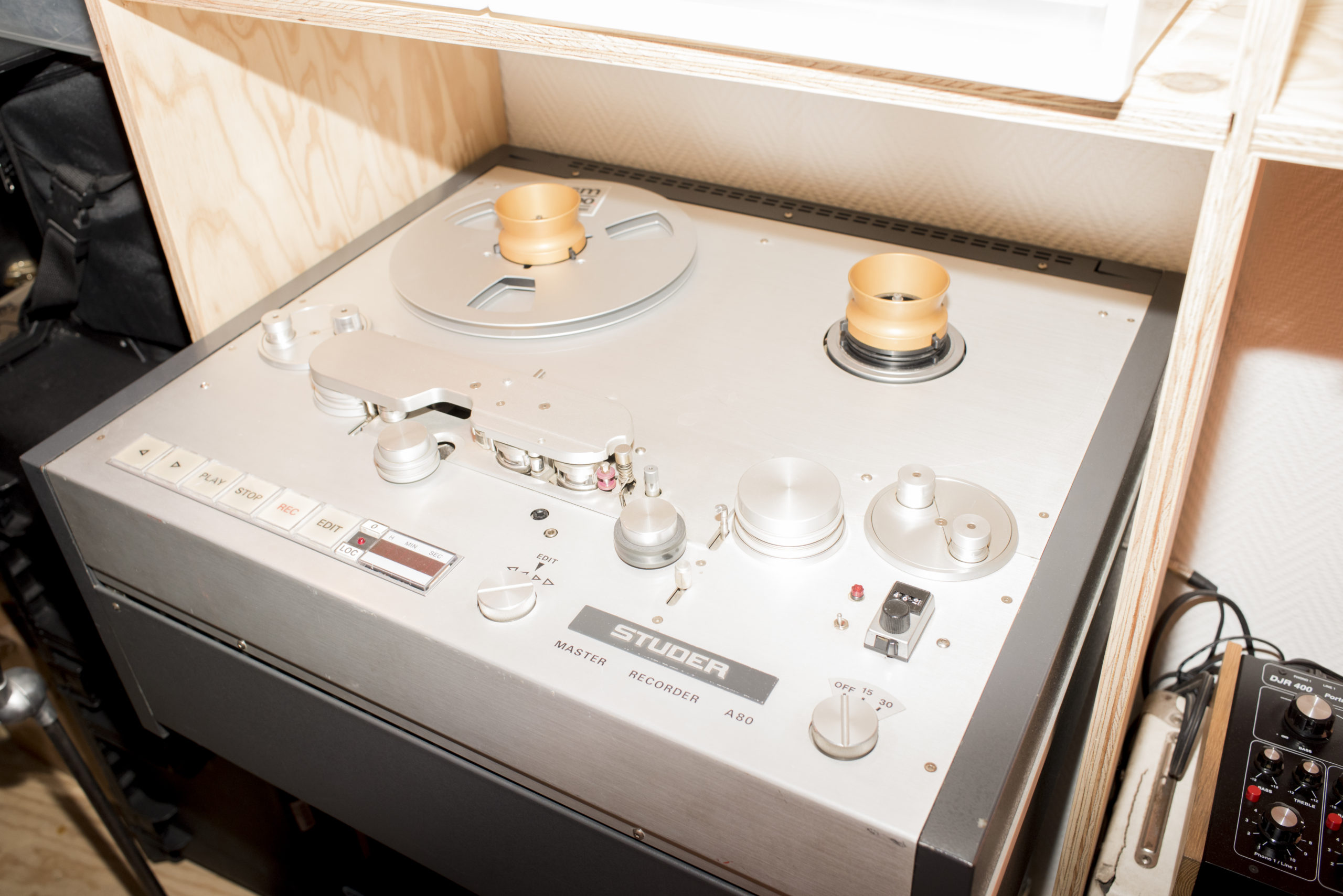
Listen to Second Nature by Joakim.



